- Home
- slideshows
- miscellaneous
- The new 'Tomb Raider' game is out today - check out how far its star Lara Croft has come since she debuted in 1996
The new 'Tomb Raider' game is out today - check out how far its star Lara Croft has come since she debuted in 1996
"Tomb Raider" (1996) - Lara Croft's First Appearance

"Tomb Raider" (1996)
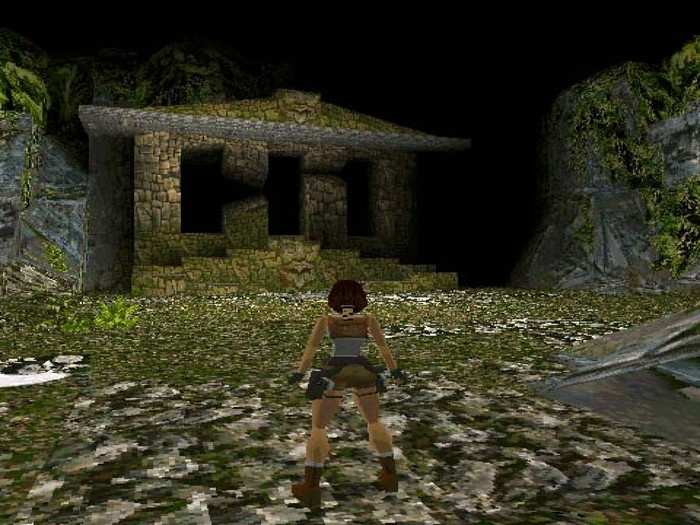
Still, the gameplay of the early "Tomb Raider" games remained heavily influenced by the platforming of the 16-bit gaming era, the gaming genre ruled by Super Mario and Sonic the Hedgehog. Lara was always more focused on solving puzzles and avoiding pitfalls than blasting her way through the enemies she met in the ancient ruins.
The original game got four sequels in as many years, with "Tomb Raider II" dropping in 1997, "Tomb Raider III: Adventures of Lara Croft" releasing in 1998. "Tomb Raider: The Last Revelation" came out in 1999, and "Tomb Raider Chronicles" in 2000. However, Lara's look didn't change much — the graphics got a little sharper, but Lara stayed the same.
"Lara Croft: Tomb Raider" (2001) starring Angelina Jolie
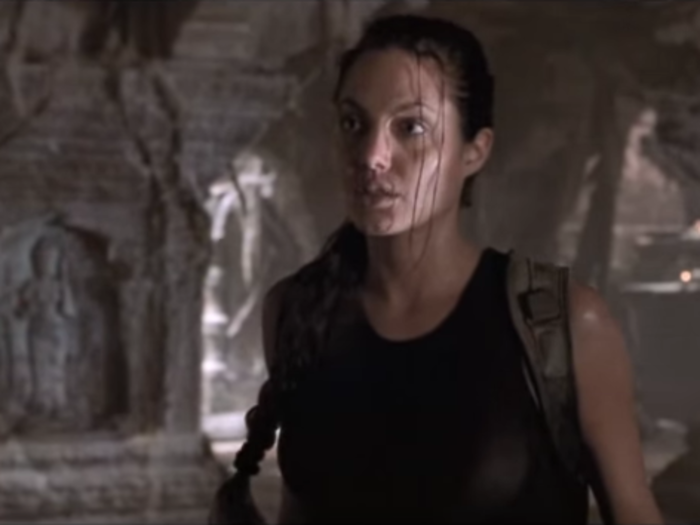
As the series quickly became a smash hit, production for a "Tomb Raider" film began as early as 1998, with Angelina Jolie eventually being chosen to play the titular role. Despite Jolie’s own mega-celebrity status, some fans of the game suggested that she still couldn’t compare to the video game heroine. Regardless, “Lara Croft: Tomb Raider” was released in 2001 and earned more than $270 million at the box office on a budget of $115 million.
"Tomb Raider: Angel of Darkness" (2003) - A misstep for the franchise
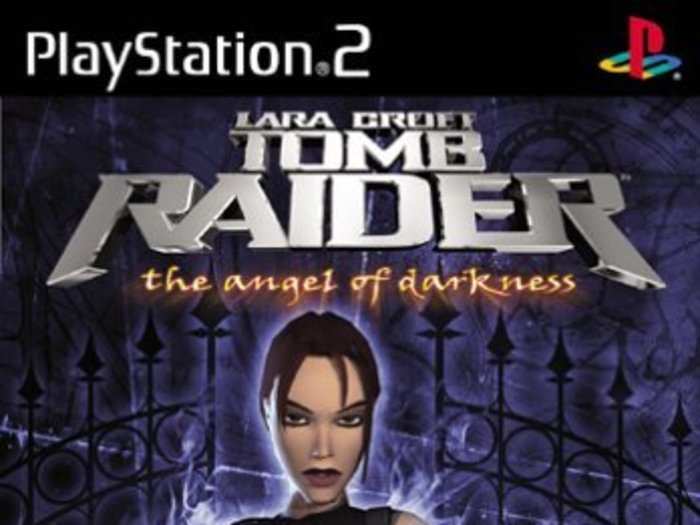
Released in June 2003, “Tomb Raider: Angel of Darkness” was the sixth game in the main Tomb Raider series, and marked Lara’s first appearance on the PlayStation 2.
By 2003, the aesthetics that had set the "Tomb Raider" franchise apart from other series had become fairly commonplace, and cut-scenes and cinematic action had become par for the course.
Despite the efforts of a new design team, and a new look for Lara Croft herself, "Angel of Darkness" failed to have the narrative or visual impact of the original "Tomb Raider" titles, even with several portions of the game taking place in urban environments. The gameplay also suffered in the transition to the new console, with developer Core Design struggling to implement a number of ambitious ideas.
"Tomb Raider: Angel of Darkness" (2003)
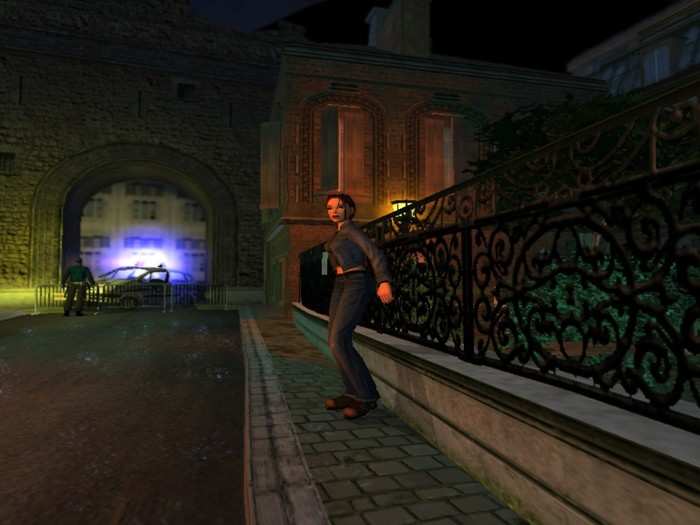
Critics laid into Angel of Darkness for hollow and incomplete gameplay elements, as well as outright glitches and bugs in the game. One month later, “Lara Croft Tomb Raider: The Cradle of Life” was released to similarly poor reviews, though it was financially successful. With her own career on the rise, Jolie opted not to reprise her role as Lara for a third time.
"Tomb Raider: Legend" (2006) - Lara goes back to basics
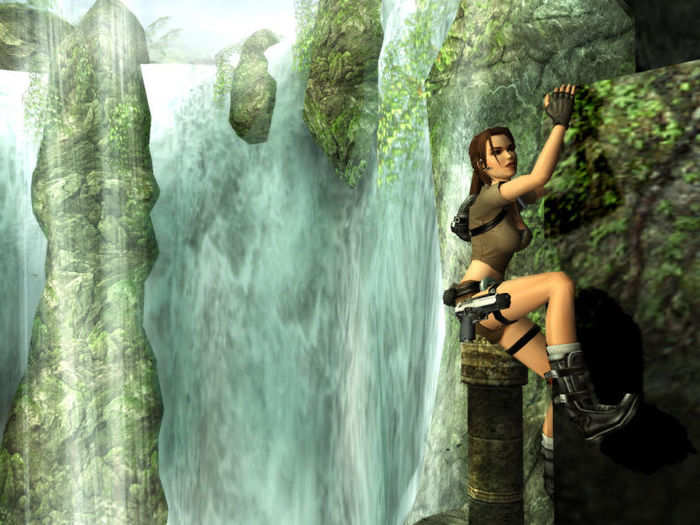
In the wake of the "Angel of Darkness" disappointment, publisher Eidos Interactive decided to turn the franchise over to a new developer, Crystal Dynamics.
Best known for the fan-favorite "Legacy of Kain" series, Crystal Dynamics brought the series back to its roots with more puzzles and exploration, and revamped the control scheme to meet modern standards. At the same time, Eidos shifted its aggressive marketing practices to focus less on Lara’s sex appeal.
"Tomb Raider: Legend" (2006)
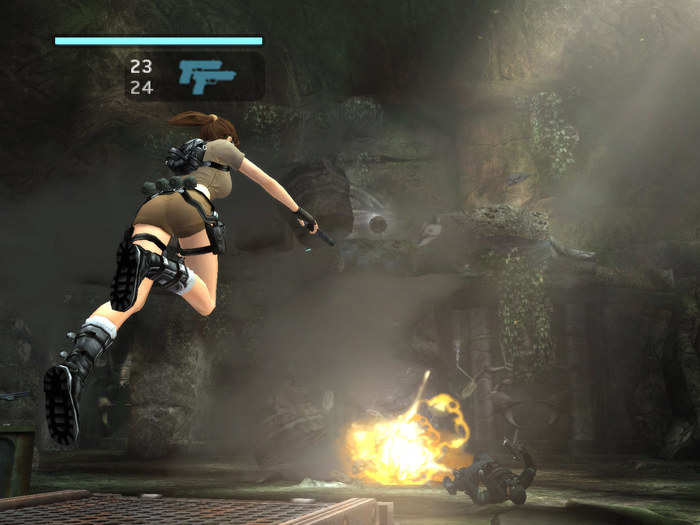
The Crystal Dynamics team delivered three Tomb Raider games between 2006 and 2008: "Tomb Raider: Legend," "Tomb Raider: Anniversary" (a remake of the original) and "Tomb Raider: Underworld."
Those games helped restore the reputation of the series and took steps towards creating a more sustainable image of Lara as a character. While she was still featured in her signature shorts and crop top, Lara’s figure was adjusted to better match the proportions of real women, and was given more of a personality.
"Tomb Raider" (2013) - A reimagined Lara Croft is the biggest change yet

Eidos was acquired by Square Enix in 2009, and in December 2010 it was announced that another "Tomb Raider" reboot from Crystal Dynamics was in the works.
“Tomb Raider (2013)” brought the series back to square one, introducing a new generation of gamers to a young Lara Croft on her first adventure.
Along with the familiar exploration and puzzle gameplay elements of "Tomb Raider," the reboot placed a strong emphasis on Lara’s survival instincts, and the story focuses on how the harsh remote island environment helps Lara evolve from a survivor into a warrior.
"Tomb Raider" (2013)
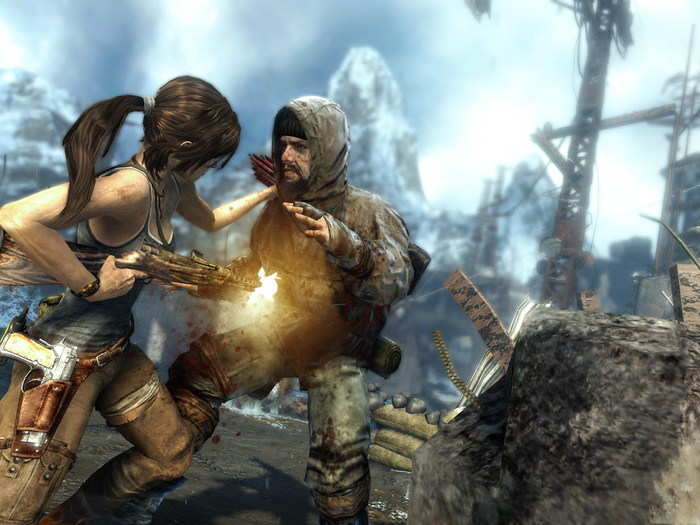
The reboot arrived with all the fixings of a modern AAA action title, investing heavily in cinematic storytelling and providing a full island to traverse and explore, rather than a series of cramped tombs. With the shift towards more action, the game has a larger focus on combat, giving Lara dozens of ways to dispose of her enemies, both stealthy and...not.
"Tomb Raider" (2018) - Alicia Vikander stars in the rebooted film
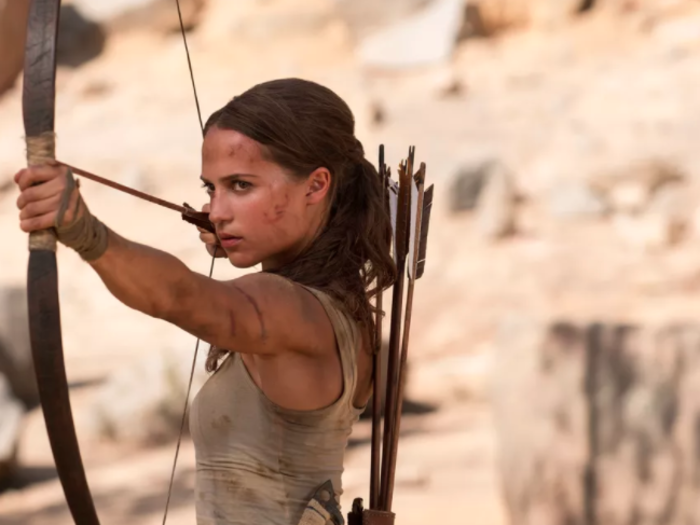
While the original Lara Croft seemed ineffable throughout her adventures, the rebooted Lara is younger, more fragile and considerably more relatable.
Her confidence does falter and her physical strength occasionally fails her, but it makes the character feel more real in a medium where players are often made to feel invincible. Lara’s rebooted design was well-received enough to fuel a new "Tomb Raider" movie in 2018, following the story of the 2013 game.
"Shadow of the Tomb Raider" (2018) - Lara is still a survivor
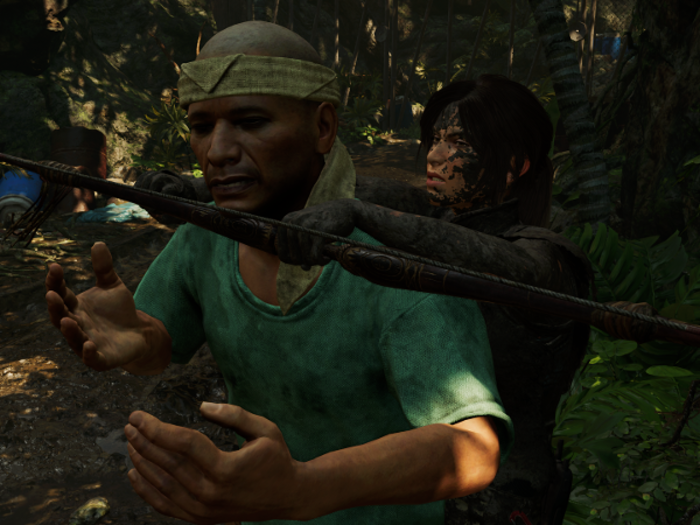
With "Shadow of the Tomb Raider," which will be on physical and digital store shelves by the time you read this, Eidos Montreal will close out the trilogy of the latest reboot by diving deep into the mind of Lara Croft.
Forced to survive once more in the jungles of South America, the game helps bridge the gap between the vulnerable, inexperienced Lara Croft seen in the "Tomb Raider (2013)" and the globe-trotting adventurer Lara Croft who debuted all those years ago in 1996.
Popular Right Now
Popular Keywords
Advertisement